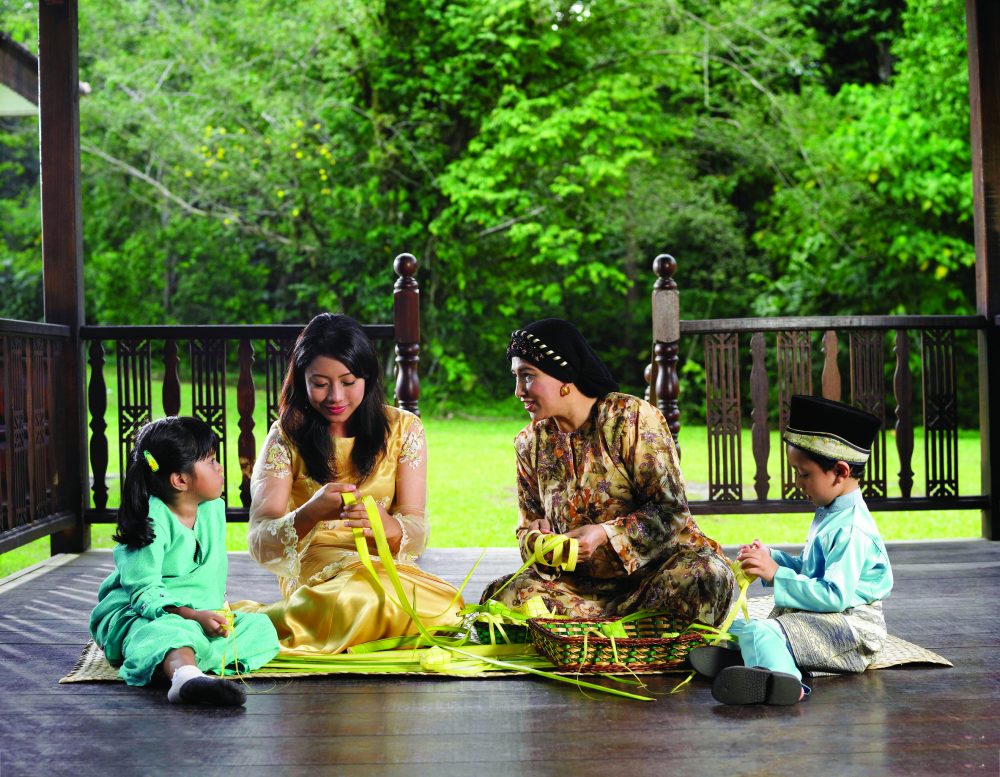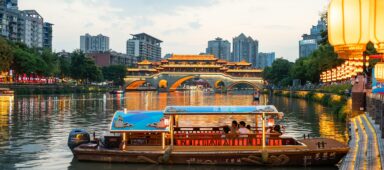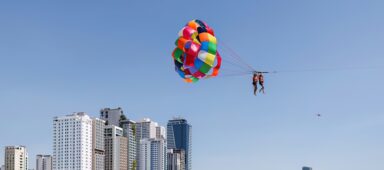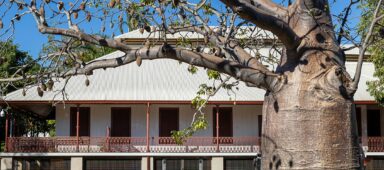As Ramadan ends, nearly two billion Muslims across the world celebrate Eid al-Fitr this month.
Photography 123rf
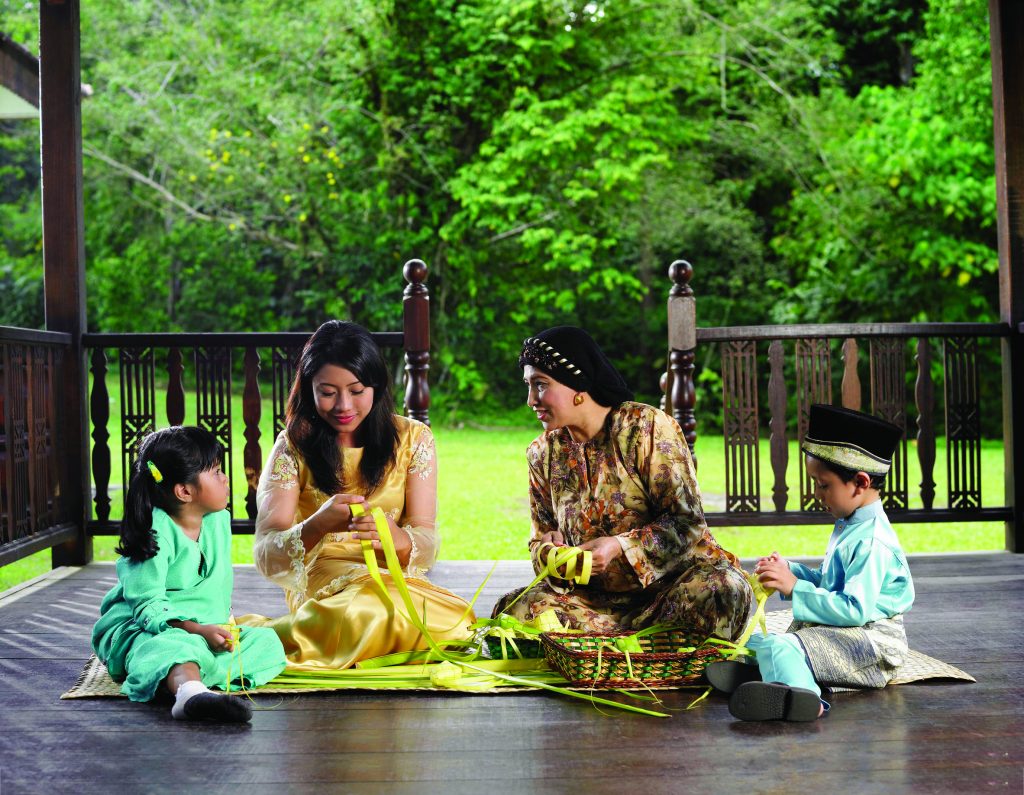
The Muslim festival of Eid al-Fitr marks the end of the month of Ramadan, when Muslims fast every day from sunrise until sunset. There are two Eids in the Islamic calendar and each one marks a significant moment for almost two billion Muslims around the world.
Eid al-Fitr comes first in the Muslim calendar and is celebrated on the first day of the month of Shawwal. This is followed, a little over two months later, by Eid al-Adha, often referred to as the ‘feast of sacrifice’ on the 11th day of the month of Dhul Hijjah, to mark the end of the days set aside for performing the Hajj pilgrimage in Makkah.
In 2019, Eid al-Fitr is expected to be celebrated on 5 June and Eid al-Adha will fall around 10 August. The dates for each Eid remain uncertain because the Islamic calendar is an actual lunar calendar that relies on the real cycles of the moon and therefore, a sighting of the new moon must be confirmed to determine the start of each month.
According to Islamic recorded traditions (hadith), these two Eids became a part of the Islamic religious practice after the Prophet Muhammad migrated from Makkah to Madinah in the year 622 CE. It is believed the very first recorded Eid was celebrated in 624 CE by the Prophet Muhammad following the battle of Badar, which took place in the month of Ramadan. The battle is seen as a pivotal moment in the early history and survival of Islam.
Muslims around the world mark the days of Eid al-Fitr by taking part in a host of individual and communal acts. Depending on where you are, the festival may have a more localised name. In Turkic countries, it is often referred to as Bayram, whereas some North African cultures refer to it as Eid Seghir or ‘the little Eid’. Eid al-Fitr can last up to three days for many Muslims, but most people focus their celebrations on the first day after Ramadan. Muslims normally begin this day by ensuring they are clean and in a state of purity. They do this by bathing and wearing either new or clean clothes.
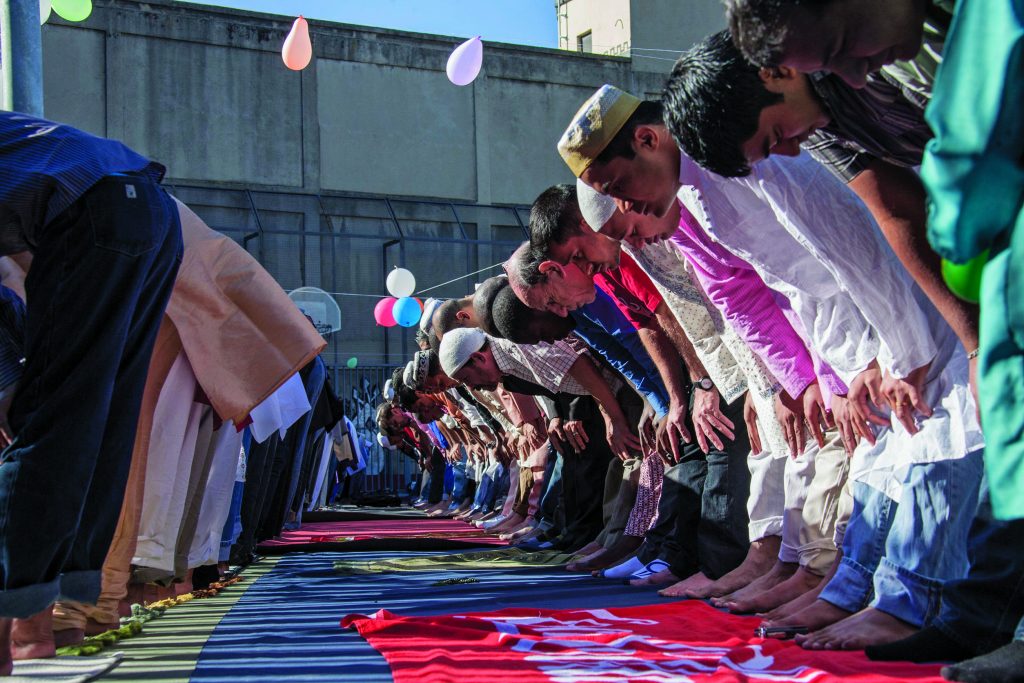
Eid Prayer
Muslims then take part in the special communal Eid prayer at a mosque, or in warmer countries, in a special outdoor space, referred to as an Eid gah in parts of the Indian subcontinent. The Eid prayer is different to other prayers performed throughout the year in several ways. Muslims who can afford to are expected to make a special charitable donation before the prayer starts; it is the only congregational Muslim prayer that is not announced by an adhan (call to prayer).
The Eid prayer also does not have a specific set time but must be performed at some point between the latter part of sunset and noon, with many mosques holding several jamats (congregations) during this part of the day. Like the weekly Friday Jummah prayer, the Eid prayer has two rakahs (units), can only be performed in congregation, and involves the Imam giving a khutbah (sermon). However, unlike the Friday prayer, the khutbah is delivered after the Eid prayer as opposed to before it, and the Eid prayer has several takbeers, whereas there is only one takbeer at the start of the Friday prayer.
As Eid prayers are often done in the biggest mosques, the period after the prayer is always a good opportunity to meet friends and neighbours with customary Eid greetings. In many parts of the world, this is done with the words Eid Mubarak (blessed celebration) and for many men by the shaking of hands and hugging.
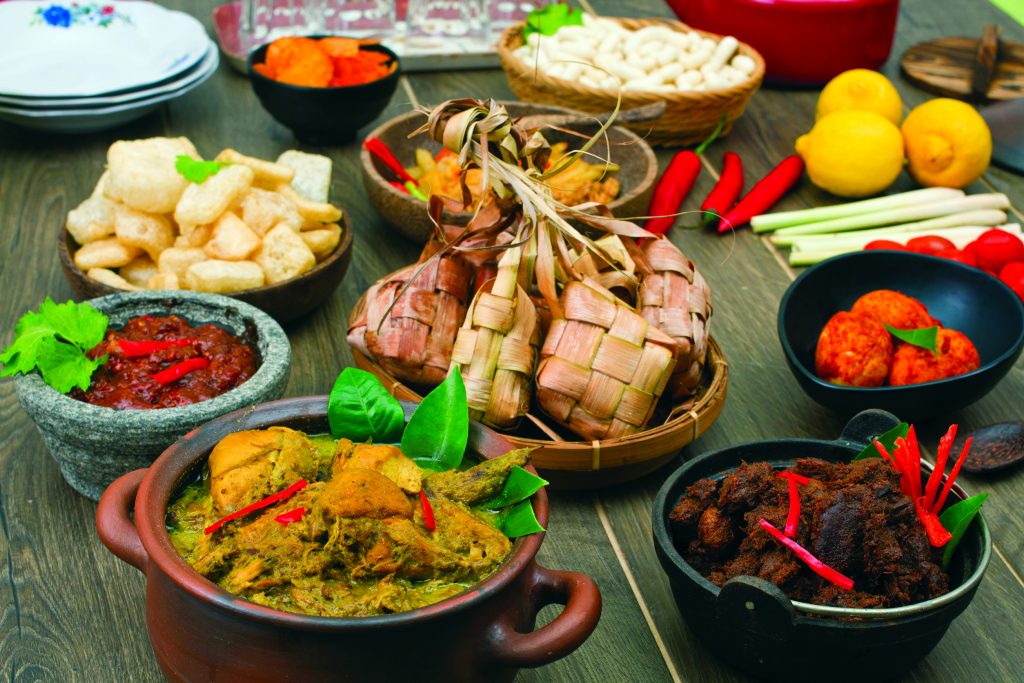
The Food Of Eid
As it is the first time in a month Muslims will be eating in the daytime, most will cook special food to mark the day and eat together with family and friends.
These foods can differ around the world depending on regional tastes. For example, Muslims in China like to make savoury kewaps (long, thin mincemeat patties grilled on skewers) and sweet sangze noodles, while Muslims in the Indian subcontinent might make savoury snacks like samosas (triangular pastries stuffed with lightly spiced vegetables or meat) or sweets like gelebia (deep-fried syrup swirls) and for the main meal, a large biryani of slow-cooked meat in flavoured rice is very popular.
Dishes like the biryani are often central to the family meal most Muslims will have at some point on Eid. In some cultures, this is the main ritual of the day, with everyone arriving at the home of the main family matriarch or patriarch to sit down collectively to eat.
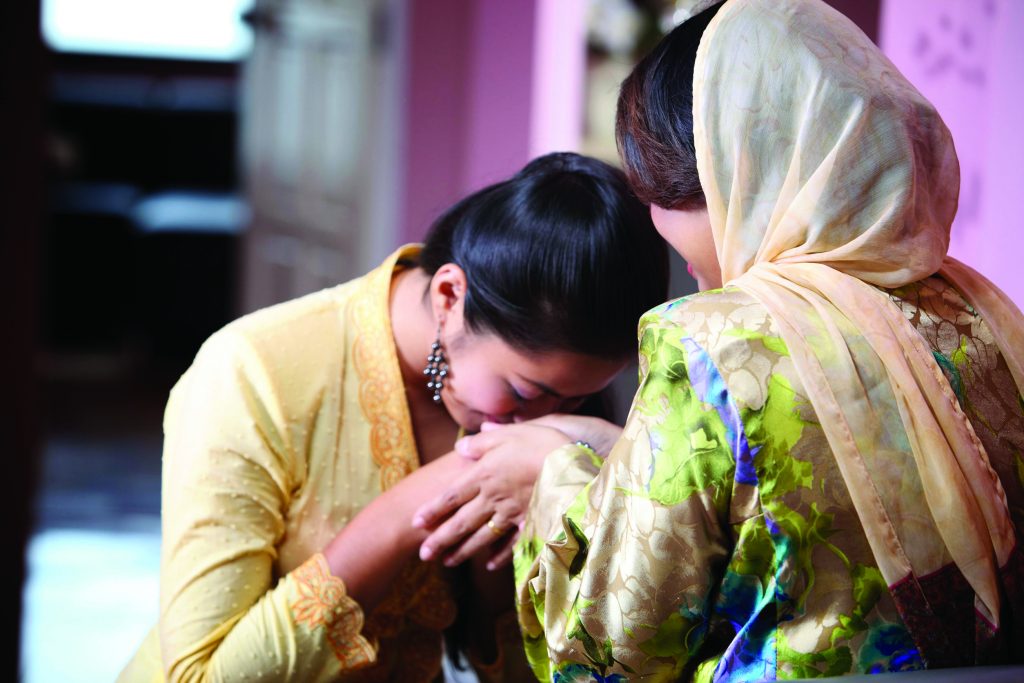
Other Eid Traditions
Some Muslims have very specific clothing they like to wear on the day, like in Malaysia, where baju raya are items of clothing with significant features like the number of buttons, five representing the five pillars of Islam and one, the oneness of Allah.
Many Muslims around the world also visit the graves of relatives on Eid. This is particularly important in Bosnia and Herzegovina, where the second day is set aside to pay respect to the country’s martyrs from the war in the 1990s.
Eid is explicitly seen as a time for forgiveness as well. In Malaysia, forgiveness is key to one of the main rituals of Eid, which sees individuals asking their parents and family members to forgive them of any wrongdoing from the past year.
Eid is also a time when Muslims are explicitly generous. As a result, Muslims around the world are increasingly buying each other gifts for the festival. In some cultures, this might be actual presents purchased in advance and presented on the day. In many, this takes the form of giving money to children, who call these monetary Eid gifts “Eiddy”.
Increasingly, authorities around the world arrange large-scale events to complement the day and encourage Muslims to celebrate together as a community. In many countries, various forms of entertainment are held for Eid festivals. Often, these include musicians on stage at events such as special food markets; in countries like Malaysia, firework displays might cap off the festivities.
